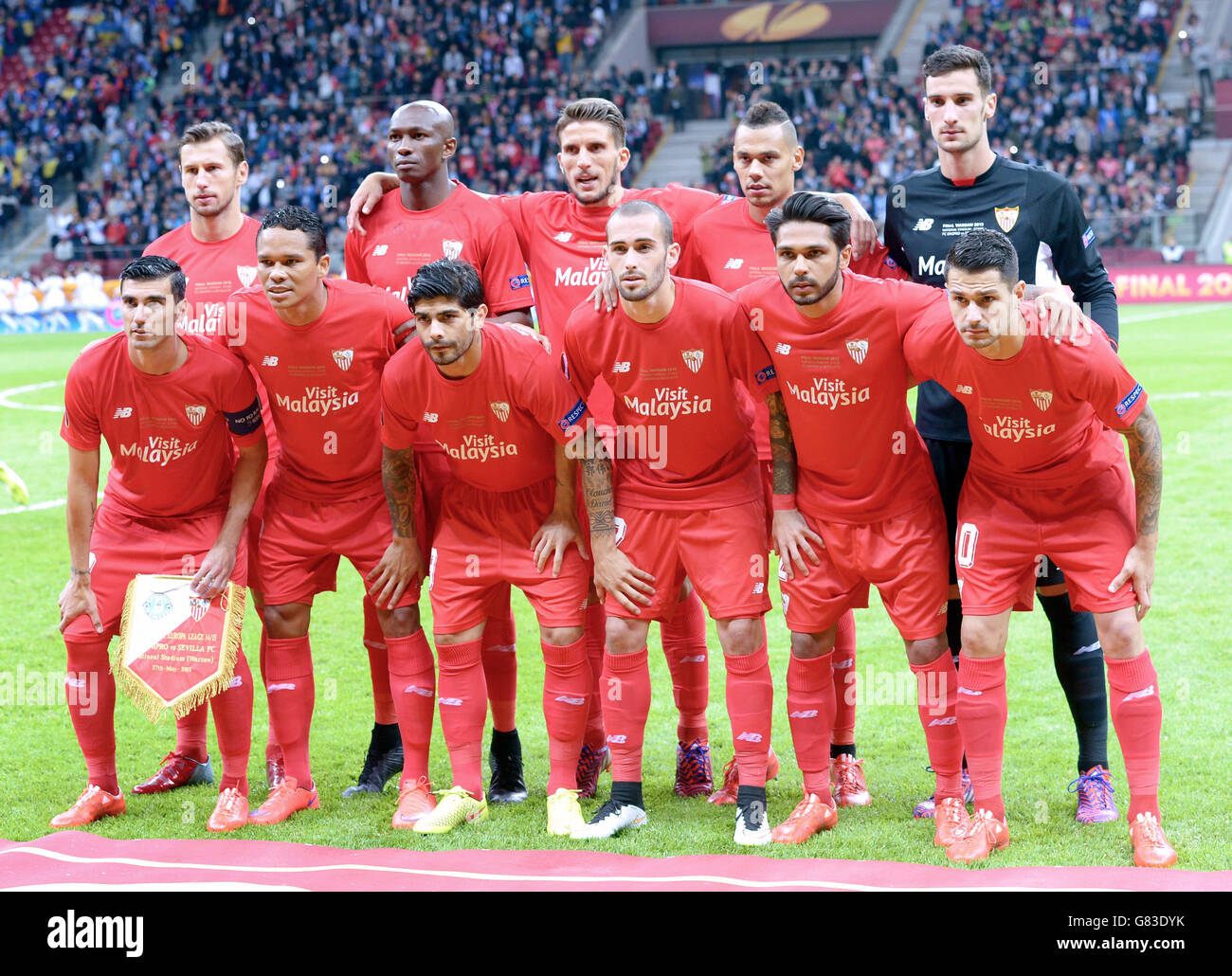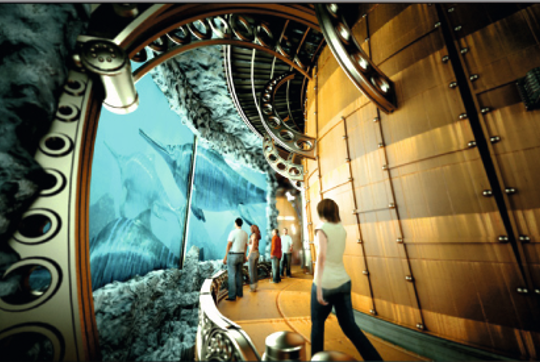
Following the fragmentation of the Kingdom of Poland, the Piast dynasty ruled the Duchy of Silesia. During the German era, the demonym was "Breslauer".Ĭhurch of Saint Giles (pl) erected in the 1220s at Ostrów Tumski, the oldest section of Wrocławĭuring Wrocław's early history, control over it changed hands between the Duchy of Bohemia (until 992, then 1038–1054), the Duchy of Poland and the Kingdom of Poland (992–10–1202). People born or resident in the city are known as "Vratislavians" (Polish: wrocławianie). In other languages, the city's name is: modern Czech: Vratislav, Hungarian: Boroszló, Hebrew: ורוצלב ( Vrotsláv), Yiddish: ברעסלוי ( Bresloi), Silesian: Wrocuaw, Lower Silesian: Brassel, and Latin: Vratislavia, Wratislavia or Budorgis. These variations included Vratizlau, Wratislau, Wrezlau or Breßlau among others. Despite the noticeable differences in spelling, the numerous German forms were still based on the original West Slavic name of the city, with the -Vr- sound being replaced over time by -Br-, and the suffix -slav- replaced with -slau. By the 15th century, the Early New High German variations of the name, Breslau, first began to be used. The earliest variations of this name in the Old Polish language use the letter /l/ instead of /ł/. In the Polish language, the city's name Wrocław derives from the name Wrocisław, which is the Polish equivalent of the Czech name Vratislav. The original Old Czech language version of the name was used in Latin documents, as Vratislavia or Wratislavia. The city's first municipal seal was inscribed with Sigillum civitatis Wratislavie. The oldest surviving document containing the recorded name of the city is the chronicle of Thietmar of Merseburg from the early 11th century, which records the city's name as "Wrotizlava", and cites it as a seat of a new bishopric at the Congress of Gniezno. The city's name first appeared in the 10th century probably as Vratislava. Traditionally, the city is believed to be named after Duke Vratislav I of Bohemia from the Czech Přemyslid dynasty, who ruled the region between 915 and 921. Ĭoat of arms of Wrocław (with the inscription Civitas Wratislaviensis) in Lauf Castle, c. In February 2021, belonging to Financial Times - fDi Magazine published the report "Global Cities of the Future 2021/2022", in which Wrocław was classified in 1st place among all medium and small cities in the world. It was placed among the top 100 cities in the world for the Mercer Quality of Living Survey 2015, 2016, 2017, 2019 and in the top 100 of the smartest cities in the world in the IESE Cities in Motion Index 20 report. Wrocław is classified as a Gamma global city by GaWC. In 2019, it was named a UNESCO City of Literature. In 2017, the city was host to the IFLA Annual Conference and the World Games. Also in that year, Wrocław hosted the Theatre Olympics, World Bridge Games and the European Film Awards.

In 2016, the city was a European Capital of Culture and the World Book Capital. In 1989, 19 Wrocław hosted the European Youth Meetings of the Taizé Community and hosted the Eucharistic Congress in 1997 and the 2012 European Football Championship. Wrocław also possesses numerous historical landmarks, including the Main Market Square, Cathedral Island and the Centennial Hall, which is listed as a UNESCO World Heritage Site. Since the beginning of the 20th century, the University of Wrocław, previously Breslau University, has produced 9 Nobel Prize laureates and is renowned for its high quality of teaching.

Wrocław is a university city with a student population of over 130,000, making it arguably one of the most youth-oriented cities in the country. Wrocław became part of Poland again in 1945 as part of the so-called Recovered Territories, the result of extensive border changes and expulsions after the Second World War. The history of the city dates back over a thousand years at various times, it has been part of the Kingdom of Poland, the Kingdom of Bohemia, the Kingdom of Hungary, the Habsburg Monarchy of Austria, the Kingdom of Prussia and Germany.

Today, it is the capital of the Lower Silesian Voivodeship. Wrocław is the historical capital of Silesia and Lower Silesia.


 0 kommentar(er)
0 kommentar(er)
